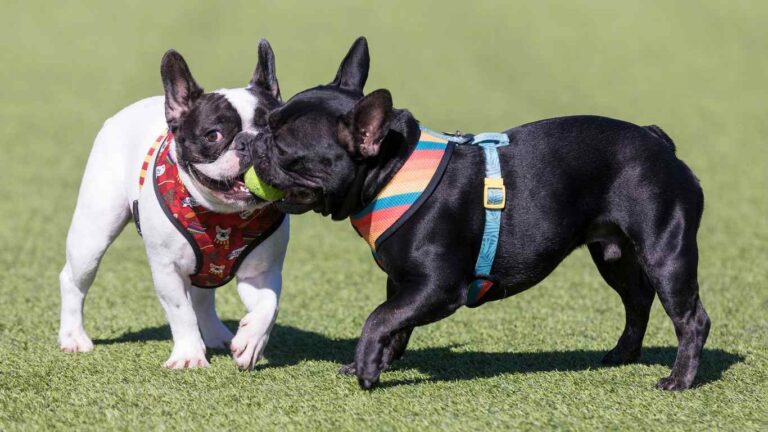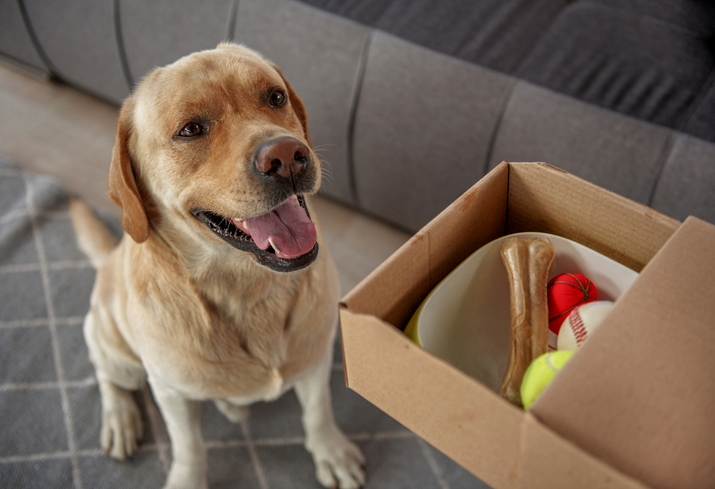Sit is the perfect first obedience command to teach your puppy. Puppies tend to offer the sitting position, and you just need to connect it with the verbal cue. Start with our steps below to teach your puppy to sit. Once mastered, begin to practicing with your puppy in all settings and distractions.
What you’ll need:
Instructions:
- Put the leash on your dog’s collar to prevent them from running off. Start in a quiet room of your house.
- Put a piece of kibble in your right hand with the palm facing up.
- Place the treat on your puppy’s nose so it can smell and lick it, but not eat it.
- Start raising the treat up and slightly back, about a 45-degree angle towards the ceiling.
- Once your puppy puts their bottom on the ground, bridge “good” and immediately feed the treat.
- Release the puppy from the sitting position by saying “free” and tossing a treat away.
- Continue luring the puppy and releasing them “free” until they immediately plop their butt down with no hesitation. Target fast repetitions, about 8-10 sits per minute.
- At this point, continue to lure the puppy with your right hand but deliver the treat with your left hand. Continue to keep a high rate of repetition. After 3 successful trials, move onto the next step.
- Put treats only in your left hand, and continue luring the puppy with your right hand. Your right hand is now your hand signal. After 5 successful repetitions, continue to the next step.
- Introduce the verbal cue by saying, “sit.” If your puppy doesn’t immediately put its bottom down, use the hand signal. It is important not to offer both the verbal and hand signals at the same time.
- After several quick repetitions, the puppy should be offering the sit position after your verbal cue.
- If the puppy gets up before you release them (“free”), use the hand signal to bring them back into the sit and repeat what was unsuccessful.
- It may take several days to reach the last steps in the process. Once your puppy reliably sits for you, even with the rate of repetitions slowed, you can start increasing the difficulty. Focus on increasing difficulty one at a time with the 3 Ds, which are distraction, duration, and distance (from you). You may also need to teach the puppy to sit on hardwood if it has been taught on carpet.
We’re here to help
Do you need help teaching your puppy to sit, or other obedience commands, manners, and/or behavioral issues? You can schedule a free consultation with our Pet Behavior Team. We offer a variety of training programs, including private sessions, board-and-train programs, and virtual consultations.
Do you need help teaching your puppy to sit, or other obedience commands, manners, and/or behavioral issues? You can schedule a free consultation with our Pet Behavior Team. We offer a variety of training programs, including private sessions, board-and-train programs, and virtual consultations.Our Certified Applied Animal Behaviorist and Co-founder, Dr. Echterling-Savage, offers virtual training programs. During which she develops a customized training plan and provides guidance to achieve your training goals.




